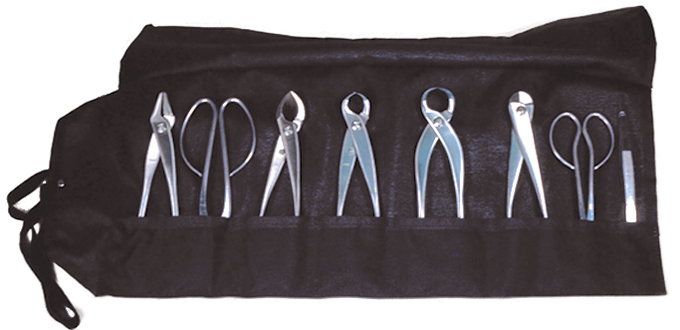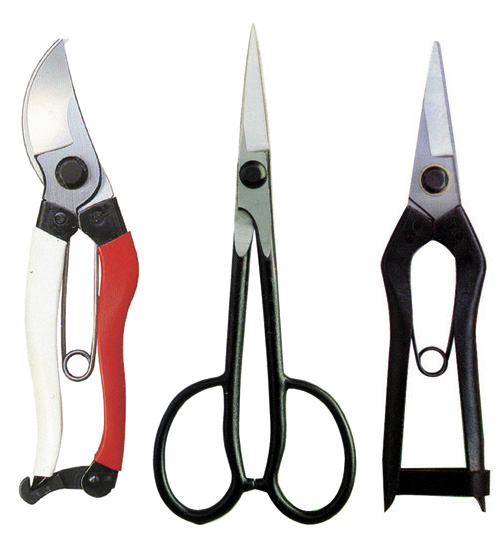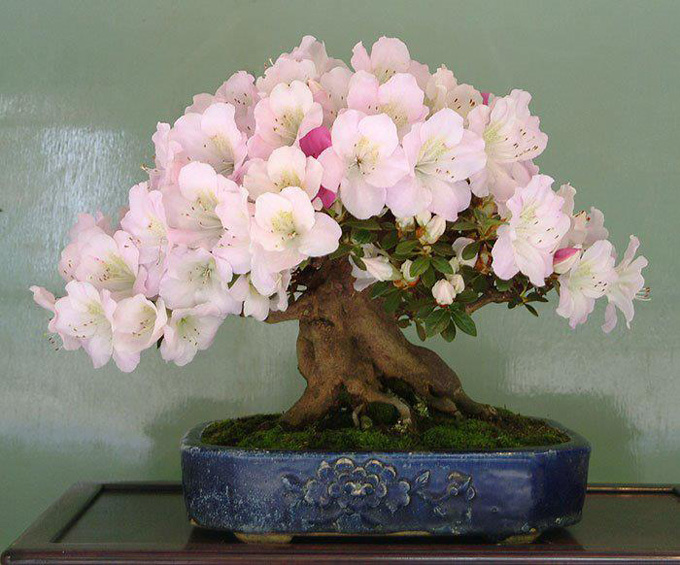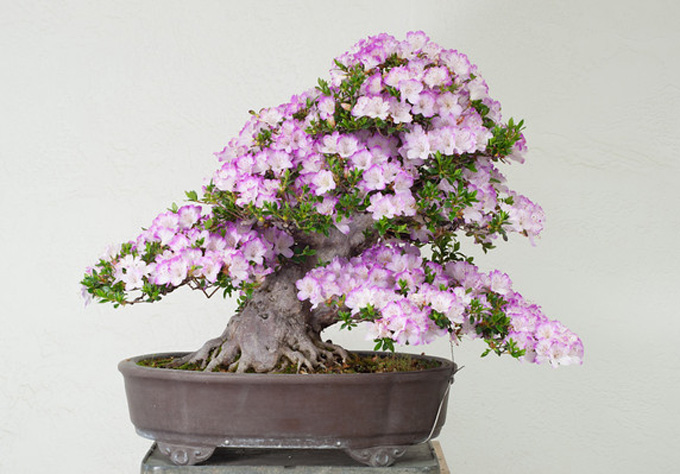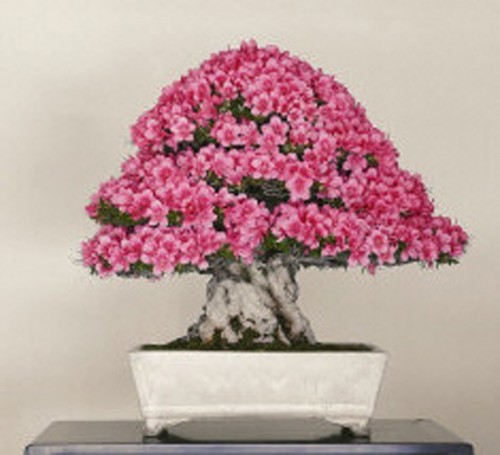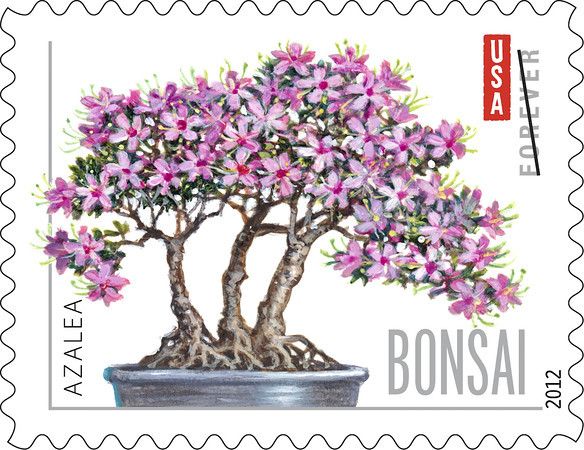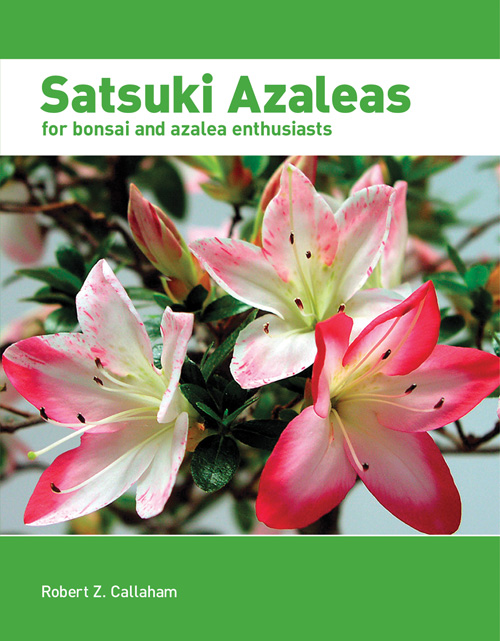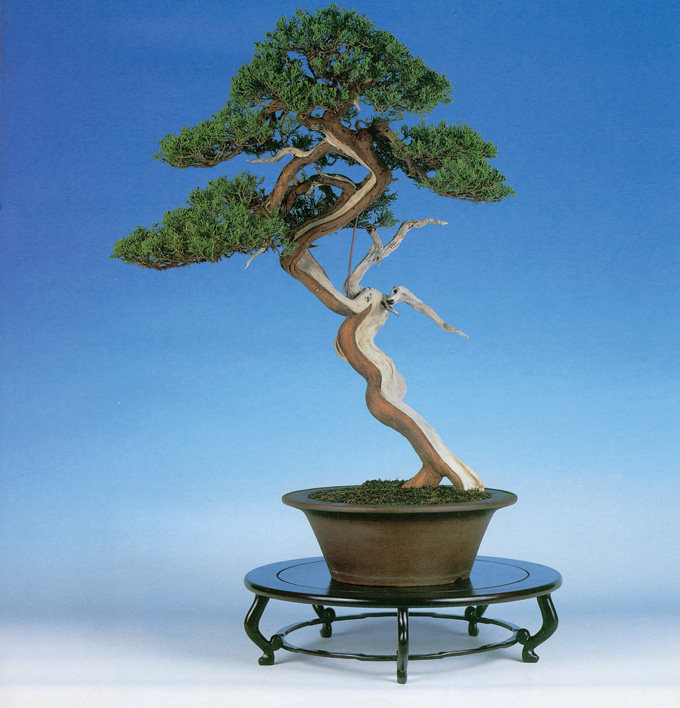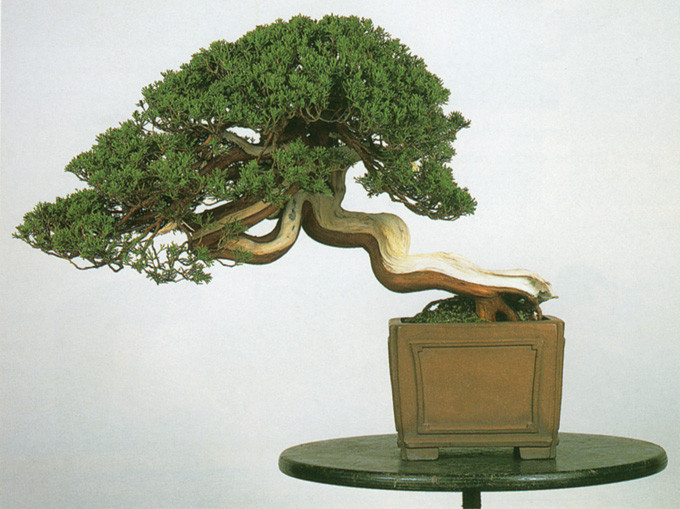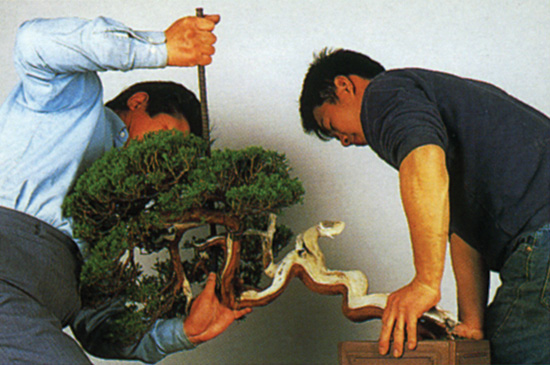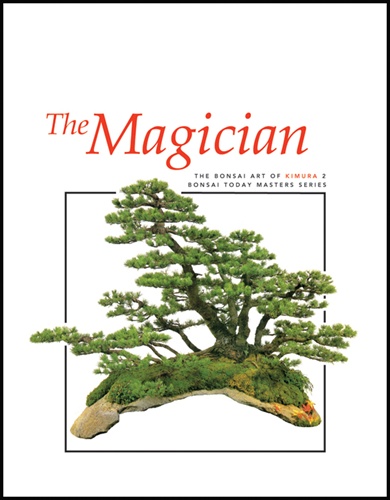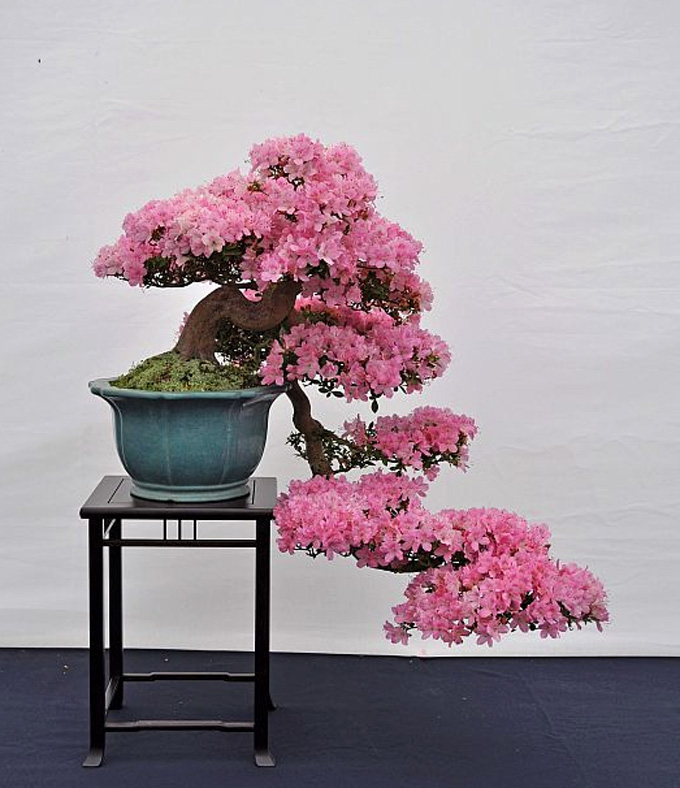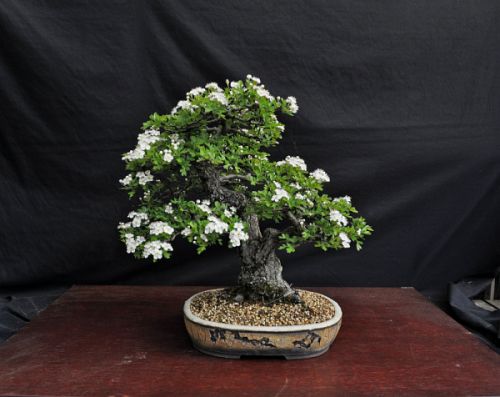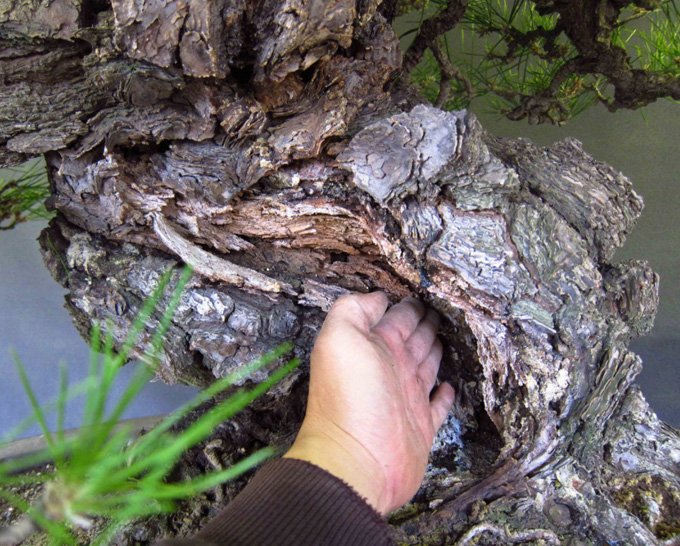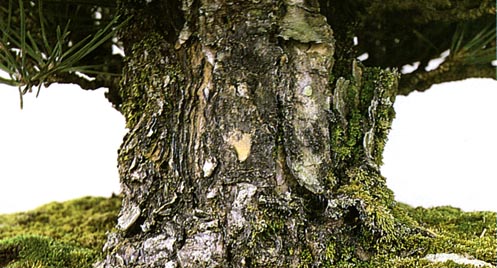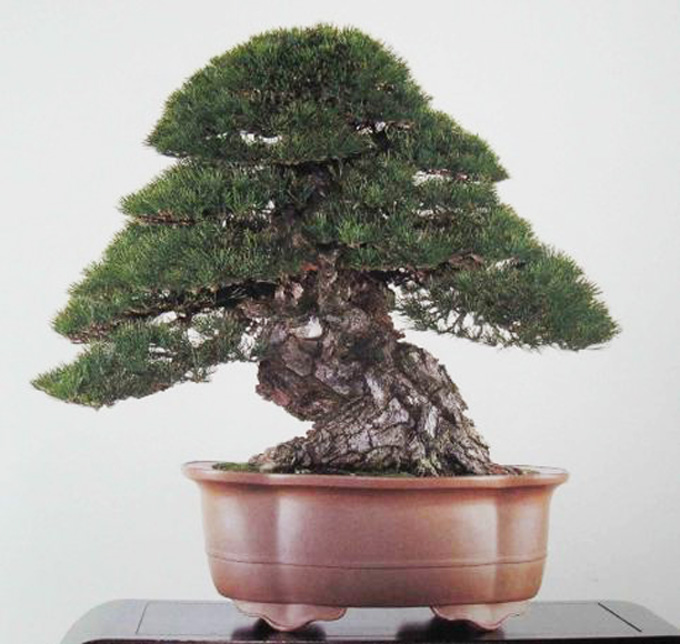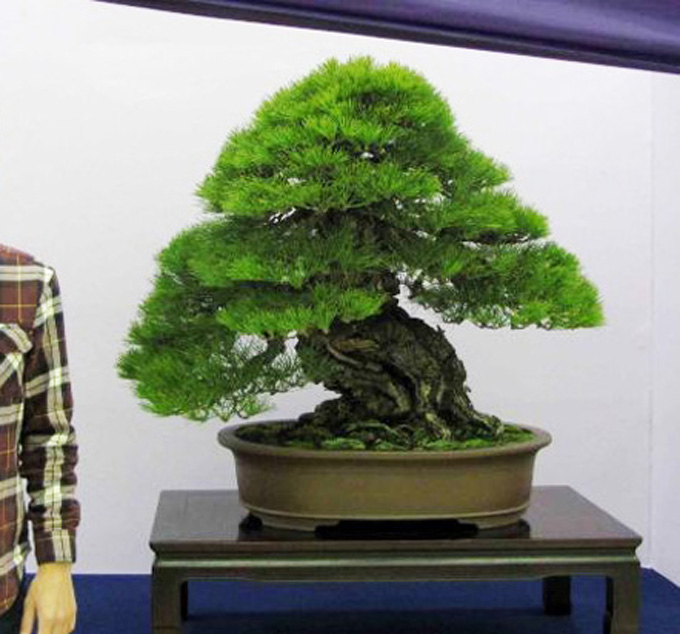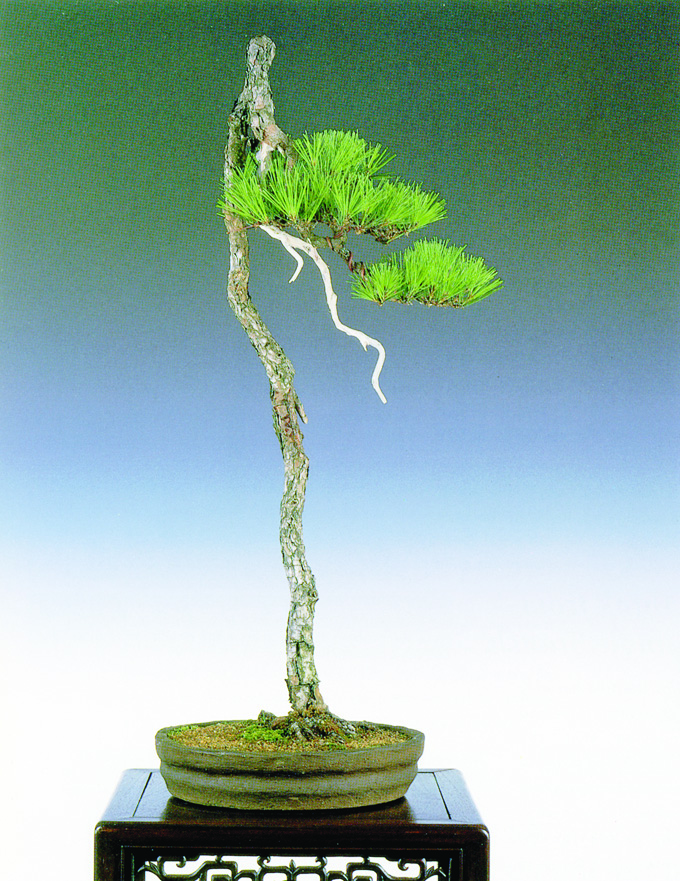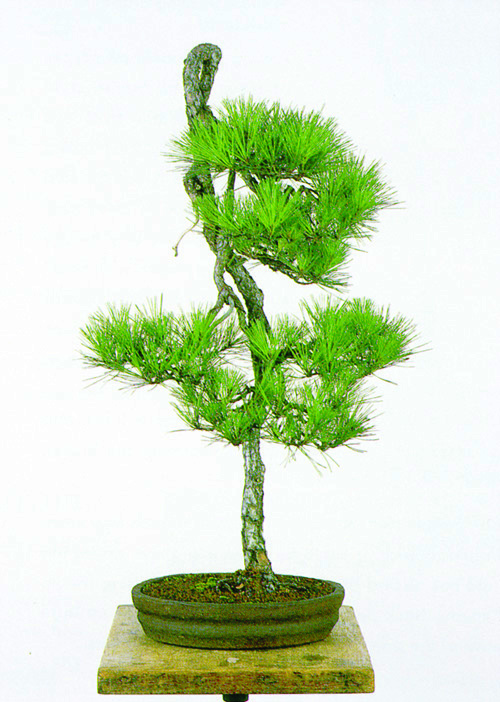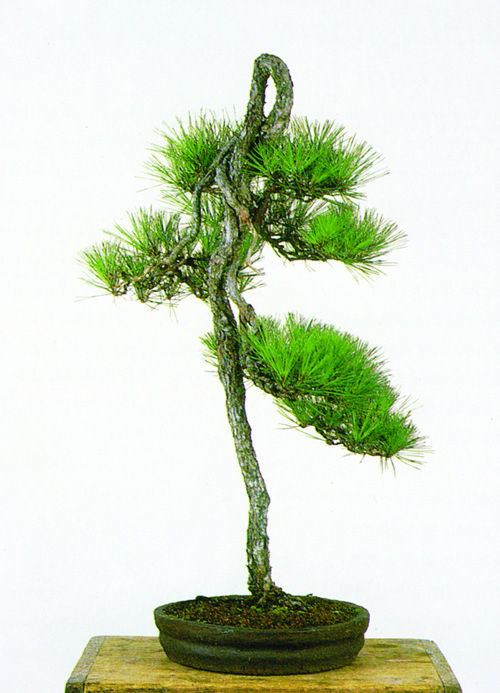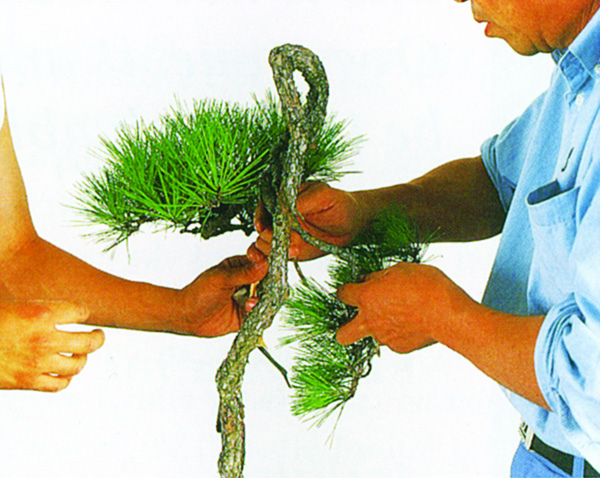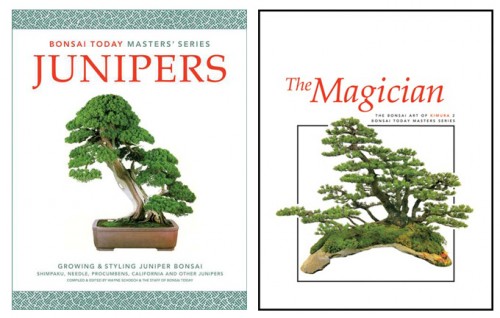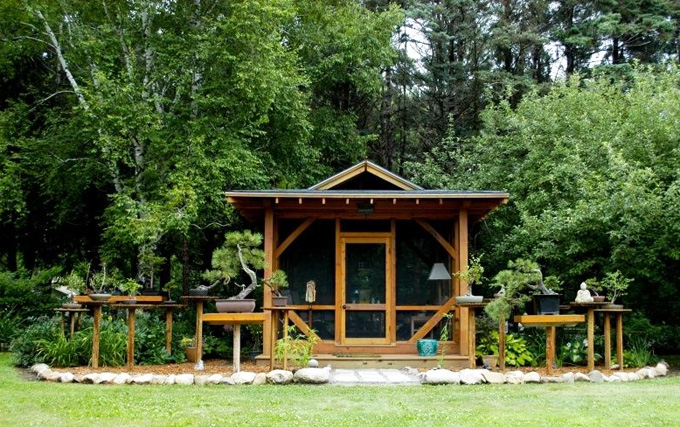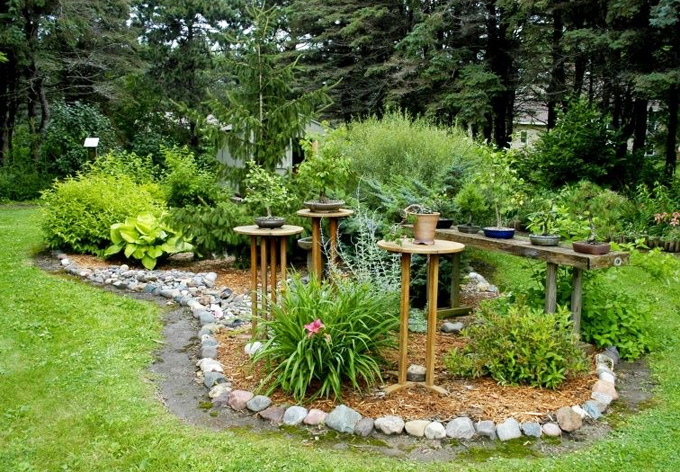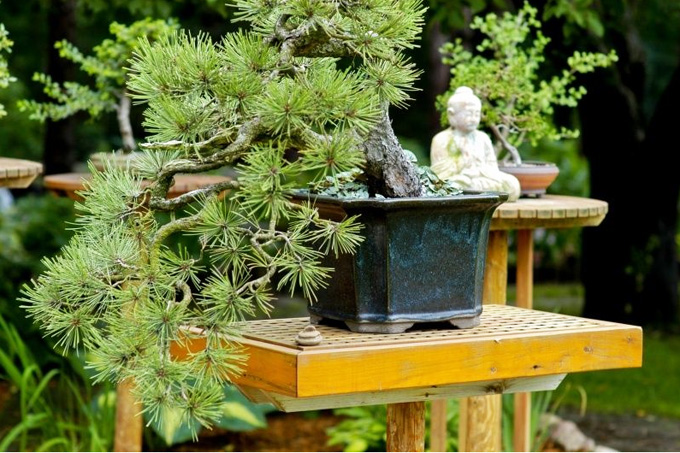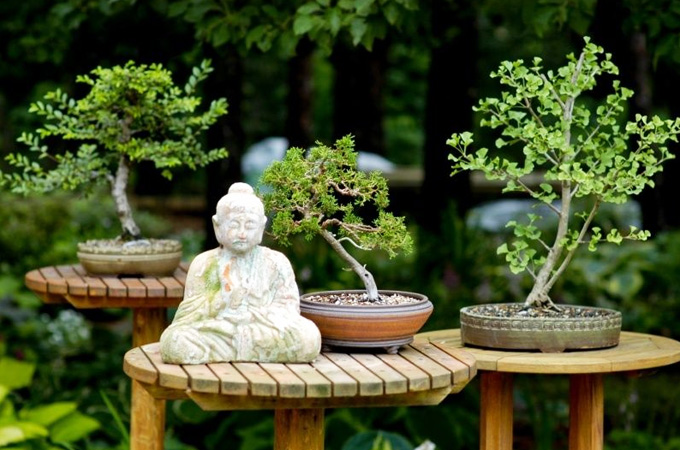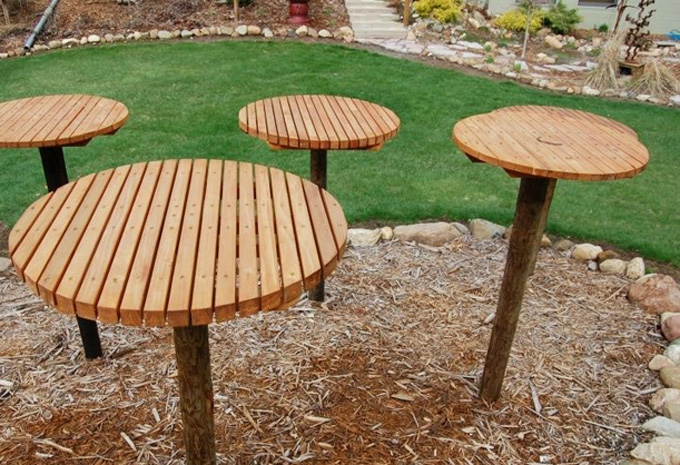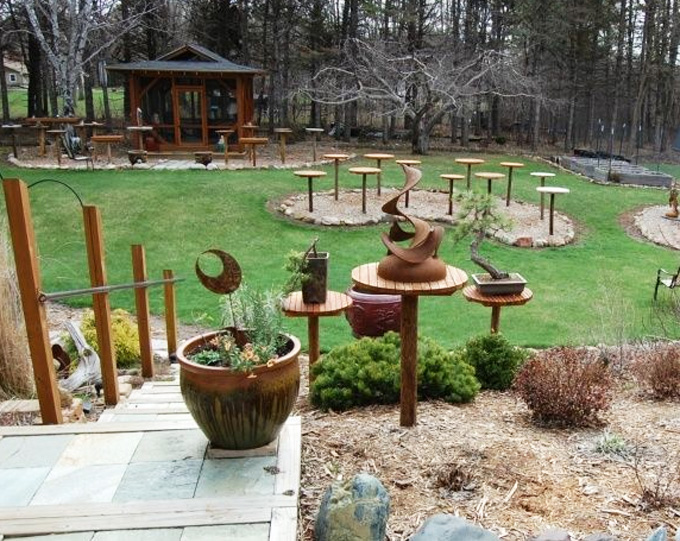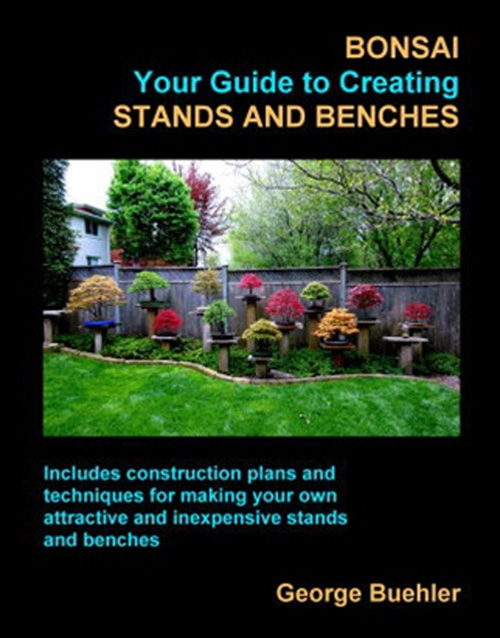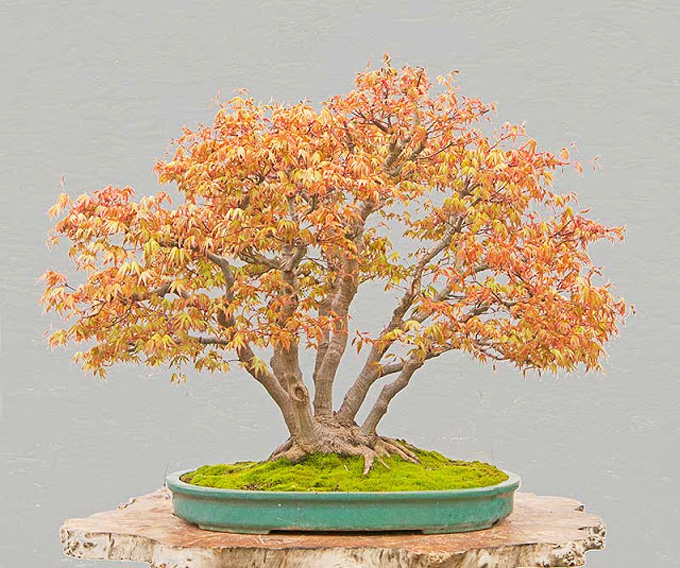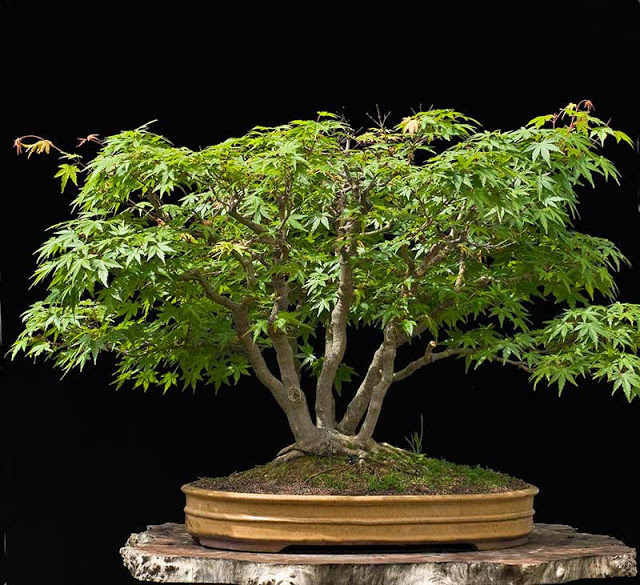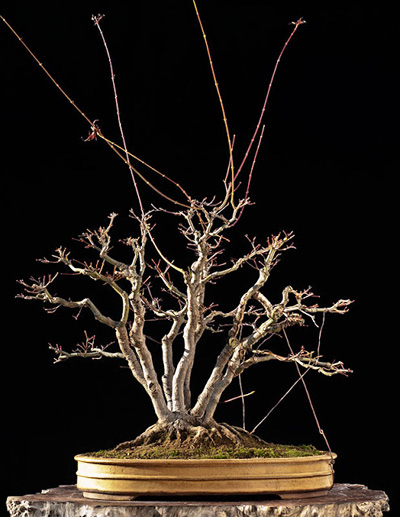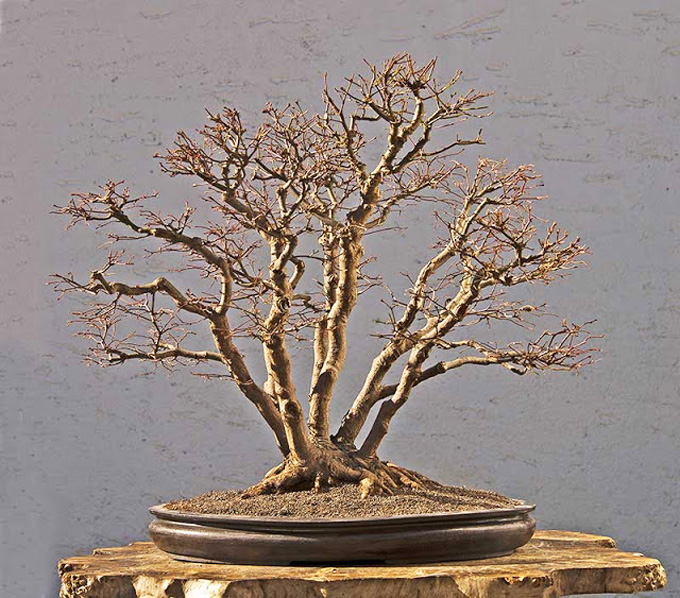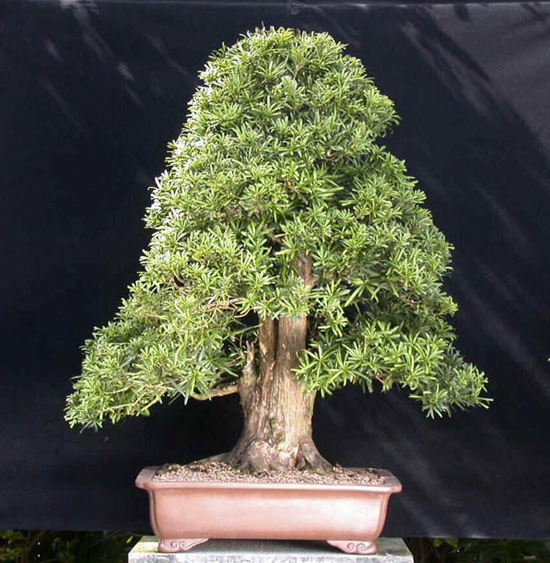
The following review of Bill Valavanis’ new Classical Bonsai Art is borrowed from Andy Rutledge’s Bonsai Journal. Andy has a knack for digging into books and bringing out nuggets of gold. In this vein (sorry bout that) Andy’s reviews include good and bad (his own words) sections, though the latter doesn’t really apply in this case. If you get a chance, I recommend that you pay Bonsai Journal a visit. You won’t be disappointed.
Classical Bonsai Art, A Half Century of Bonsai Study – The Creations & Passions of William N. Valavanis
Review by Andy Rutledge
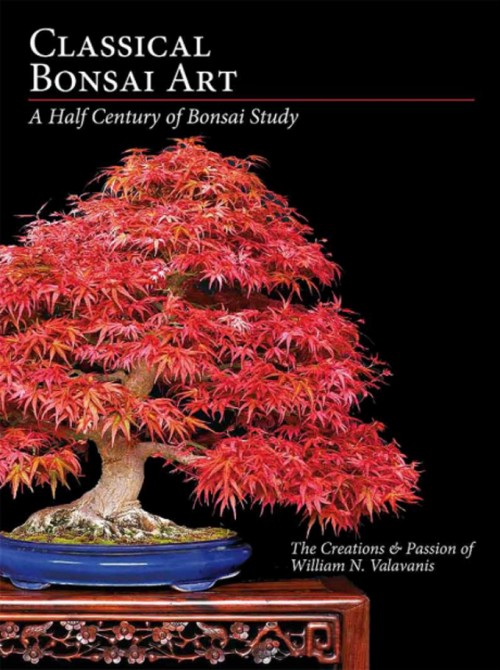
“Immersing oneself in bonsai study for a half century is a rare and remarkable feat. Such an effort requires and suggests much dedication and the result is bound to leave an indelible mark. Having reached this commendable milestone, bonsai artist and teacher William N. Valavanis is celebrating his anniversary by sharing some of the fruits of his long and productive enthusiasm over the past fifty years.
His latest book, Classical Bonsai Art – A Half Century of Bonsai Study, is not what I expected it to be. Before the book arrived, I imagined it might be a gallery book—dedicated to glorious photos of specimens along with little more than the individual trees’ provenance and display accompaniment information. A coffee table book. And there are glorious photos of specimens in his book. But, of course, Mr. Valavanis is a teacher; his semi-centennial celebration would have to be consistent with that idiom. So this is a book you would expect from a teacher.
It has a fitting subtitle: The Creations and Passions of William N. Valavanis. The book, in part, presents one hundred specimens from the author’s collection and that of his students. Some are presented as highly detailed historical accounts, others in more cursory fashion. In the more detailed accounts the author shares not just the technical development data, but some interesting anecdotes, evolving ideas and opinions, recoveries from damage and more that, among other things, presents a compelling chronicle of the day-to-day plight of a bonsai grower. So despite the often uncommon results, enthusiasts of all levels of experience will be able to identify with the author’s efforts and anecdotes.

An account of one maple that received a significant remodeling and redevelopment.

A Seiju elm’s promising beginnings and stunning result.
“Case studies aside, there are other interesting and valuable sections included in the book, which begins, not surprisingly, with some history and classification information. There are also chapters devoted to shohin bonsai and to details on the cultivation and training of maples, narrow-leaf evergreens, and flowering & fruiting bonsai. One especially nice inclusion is a section on selecting containers for bonsai. In it, the author details not just the simple aesthetic considerations, but also seasonal, climate, and quality considerations.

From the classification section of the book, this photo shows the author’s explanation and detailing of one-line and two-line cascade bonsai.

To support the section on container selection, there is a nice tree/pot matching exercise that examines the relative faults and merits of different containers in context.
The Good
“There is much to like here and the book is of good presentational quality on very nice paper. The many case-study photos span decades and while some are clearly quite old, almost all are of excellent quality and clarity. The text is approachable and thoughtfully composed. Enthusiasts who are familiar with the bonsai style classification rules would do well to review what the author has to say on these matters, as he presents some interesting examinations and even contention with certain details. Unlike with most bonsai books, that section of this book warrants study.
Each of the 100 case studies concludes with a formal presentation photo of the subject in its latest state. As the title suggests, this is a book about bonsai art and in keeping with that fact the trees in these final photos are in almost every case presented in proper condition, with proper preparation, and on a stand. Bonsai students should mark this convention, as it is the appropriate way to display bonsai. I was pleased to see the author maintain this standard and must say that I expected nothing less from Mr. Valavanis, as he does have a well-deserved reputation.
I was delighted to find that there is a section showing some nice examples of formal display, adding further dimension to the author’s depiction of bonsai art. Though I must say I would have much preferred straight-on photos rather than the perspectives selected here.”

Some fine examples of 3-point formal alcove display.
And of course there are beautiful photos of excellent bonsai specimens, worthy of mention and admiration:”





For the rest of the review including The Bad (nothing much there except a little nitpicking, in Andy’s own words), visit Andy’s Bonsai Journal.
To order this exceptional book and other quality bonsai books visit Stone Lantern. We also offer two other benchmark bonsai books by Bill Valavanis, Fine Bonsai and the 3rd U.S. National Bonsai Exhibition Album.
Pricing note: yesterday when we offered Classical Bonsai Art on our website, we priced it at 49.00. This was a mistake. It should be 50.00 due to a previous agreement with the author. My apologies for the mistake. Thank you for your understanding.
